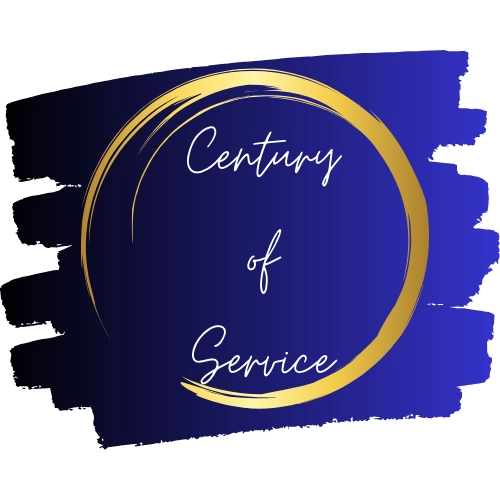

Overseeing Aid to Nicaragua After Hurricane Mitch
When Hurricane Mitch struck Central America in the fall of 1998, it became one of the deadliest natural disasters in the region’s history, leaving thousands dead and displacing hundreds of thousands. In Nicaragua, U.S. Ambassador Lino Gutiérrez played a central role in the American response, helping to guide emergency relief and deepening the bilateral relationship between the United States and Nicaragua during a time of crisis.
Hurricane Mitch hovered over the region for days, dumping record-breaking rainfall and triggering mudslides, including one in the village of Posoltega that buried more than a thousand people. “We cabled Washington, formally declared a disaster, and asked for emergency U.S. aid,” Gutiérrez said.
“Nicaraguans saw that our troops were people just like them who wanted to help.”
Ambassador Lino Gutiérrez
Although Honduras was harder hit and received the bulk of assistance, Gutiérrez set out to secure aid for Nicaragua. As ambassador, he had immediate access to $25,000 in relief funds, which paid for boots, fresh water, and shelter materials. But the real need was helicopters. “There were people on rooftops awaiting rescue….These people had to be rescued right away.” he recalled. Within days, U.S. helicopters were flying rescue missions in Nicaragua, marking the first official military-to-military contact between the two countries since the Sandinista revolution in 1979.
This cooperation laid the foundation for a new chapter in U.S.-Nicaraguan relations. “U.S. and Nicaraguan military planners had to sit down and divide responsibility for rescue and relief operations. A relationship of cooperation was created between the U.S. and Nicaraguan military,” Gutiérrez noted.
When a U.S. engineering battalion was sent to rebuild roads and schools, the opposition Sandinistas saw an opportunity and launched a media campaign claiming U.S. troops would bring AIDS or act as spies, accusations that threatened to undo the positive gains of the relief effort. “We decided to fight back in the press,” Gutiérrez explained. He worked with U.S. military leaders to win over the Nicaraguan people. At his urging, U.S. troops arrived unarmed, and the Nicaraguan military was allowed to provide security—a symbol of growing mutual trust. American soldiers spoke to the local press, those with Hispanic heritage used Spanish. “The TV images of the interviews,” Gutiérrez recalled, “went a long way toward shattering all the Sandinista-proclaimed myths that our troops were invaders…Nicaraguans saw that our troops were people just like them who wanted to help. The interviews did the trick: we had a tremendous amount of goodwill after that.”As the relief efforts progressed, Nicaragua began to receive a wave of high-profile visits from Washington that eventually included President Bill Clinton. The attention helped raise Nicaragua’s profile and cemented diplomatic ties. Ultimately, Hurricane Mitch became a defining moment in Ambassador Gutiérrez’s tenure, showcasing the potential for humanitarian aid to serve as a bridge between nations.
See more of Lino Gutiérrez’ story here.
